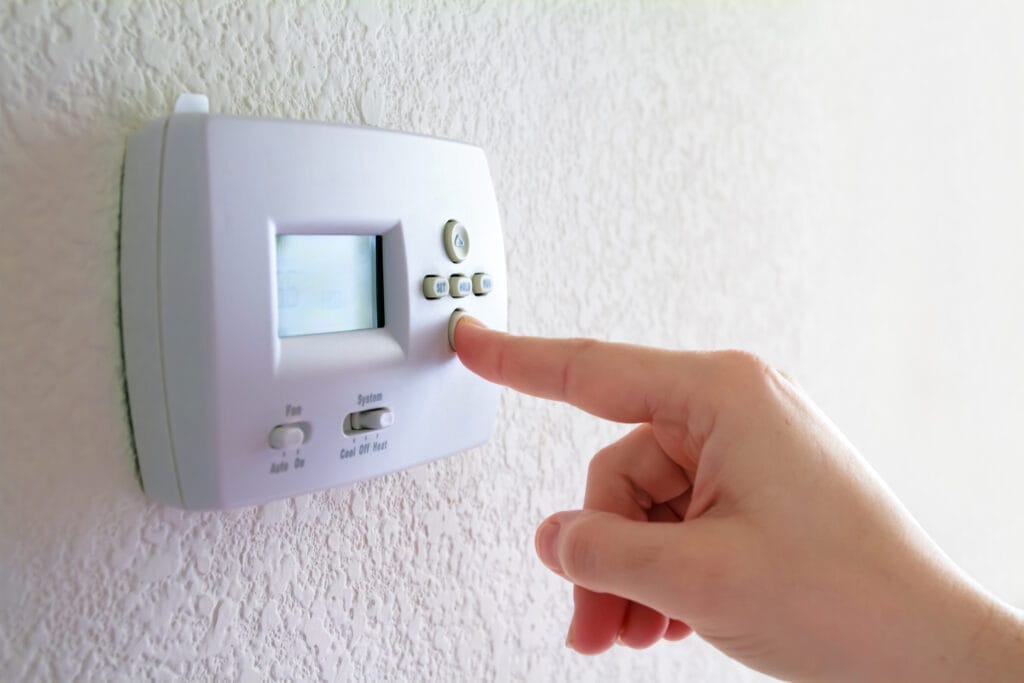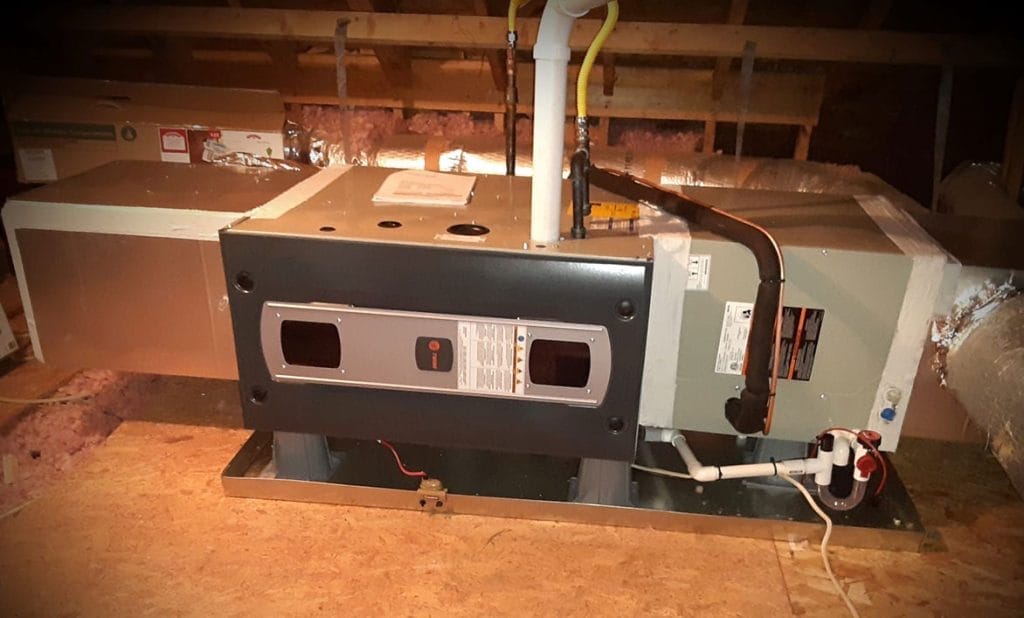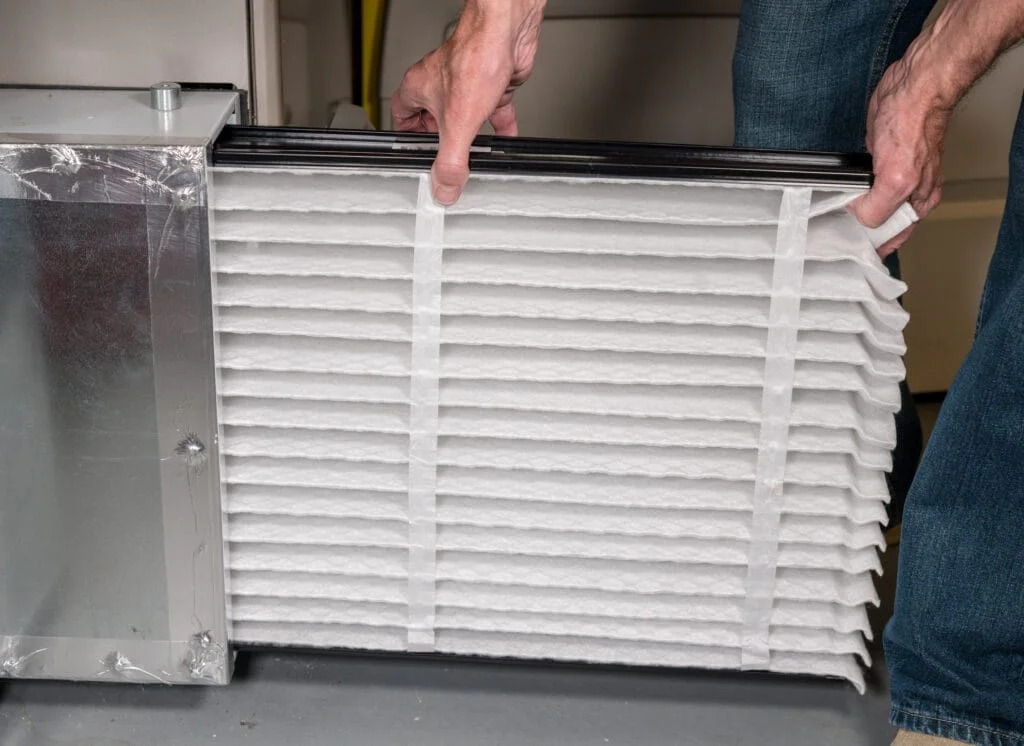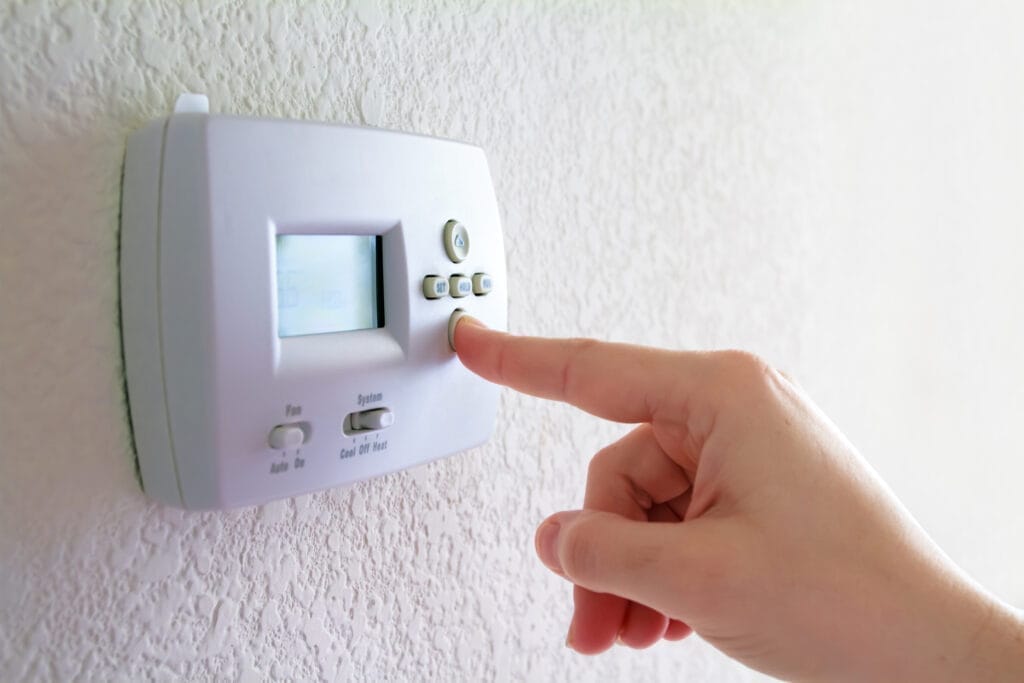Few things are more stressful than waking up to a cold home when your furnace stops working. It can be stressful in the middle of winter and realizing your furnace isn’t working. In Centennial, where winter temperatures can drop below freezing, a malfunctioning furnace isn’t just uncomfortable—it can be dangerous. Knowing how to respond quickly when your furnace stops working can help protect your home and family. Here are the steps you should take if your furnace stops working in Centennial, Colorado during the coldest time of the year.
1. Check Your Thermostat
When your furnace stops working, before assuming the worst, start with the basics by checking your thermostat. Ensure that it’s set to “heat” and that the temperature is set higher than the current room temperature. If your thermostat runs on batteries, make sure they’re not dead and replace them if necessary. Sometimes, a quick adjustment to the thermostat is all it takes to get your furnace running again.
2. Check the Power Source
Your furnace stops working in Centennial due to a simple power issue. Check your circuit breaker to see if the furnace circuit has tripped. If it has, reset it by flipping the breaker switch back to the “on” position. Additionally, if your furnace has a power switch near the unit, make sure it hasn’t been accidentally turned off. For gas furnaces, check that the gas valve is open and that you have gas service.
3. Check the Furnace Filter
A dirty or clogged furnace filter can cause your furnace to shut down or function inefficiently. When the filter is blocked, airflow is restricted, which can cause the system to overheat and automatically shut off as a safety precaution. Check the filter and replace it if it’s dirty. During the winter months, it’s a good idea to replace or clean the filter at least once a month to ensure proper airflow.
4. Check the Pilot Light or Ignition System
If you have an older furnace in Centennial, Colorado with a pilot light, check to see if the pilot light has gone out. If it has, follow your furnace manufacturer’s instructions for relighting it. Be sure to follow safety precautions when relighting a pilot light, and if you smell gas, leave your home immediately and contact your gas company.
For newer furnaces with electronic ignition systems, the issue may be with the ignitor itself. If the ignitor is dirty or faulty, it may prevent the furnace from igniting properly. In this case, you’ll need to call a professional to assess and fix the problem.
5. Check for Blocked Vents or Registers
Blocked or closed vents can restrict airflow, causing your furnace to overheat and shut down as a safety measure. Ensure that all of your home’s vents and registers are open and free of obstructions like furniture, rugs, or curtains. Good airflow is essential for efficient heating and proper furnace operation.
6. Look for Error Codes
Many modern furnaces have built-in diagnostic systems that display error codes when something goes wrong. If your furnace has a control panel, look for flashing lights or error codes that can provide clues as to what the issue may be. Refer to your furnace’s manual to interpret these codes or relay them to an HVAC technician when seeking assistance.
7. Use Alternative Heat Sources Safely
If your furnace has stopped working and you’re waiting for repairs, use alternative heat sources to keep your home warm—but do so safely. Space heaters are a great temporary solution, but make sure they are placed away from flammable materials and never leave them unattended. If you have a fireplace, ensure the chimney is clear, and use it as a supplemental heat source until your furnace is repaired.
8. Call a Professional HVAC Technician
If you’ve gone through these basic troubleshooting steps and your furnace is still not working, it’s time to call a professional at Top Shelf Electric, Heating, & Plumbing. Attempting to fix a complex furnace issue on your own can be risky and may void your warranty. An experienced technician will be able to diagnose the problem when your furnace stops working and get your system back up and running quickly, ensuring that your home is warm and safe again.
Preventing Furnace Failures in the Future
Regular maintenance is the best way to prevent furnace failures in the middle of winter. Scheduling seasonal HVAC tune-ups ensures that your system is running efficiently and helps catch any issues before they become major problems. By cleaning filters, inspecting components, and addressing any repairs early, you can reduce the chances of a furnace breakdown during the coldest months.




